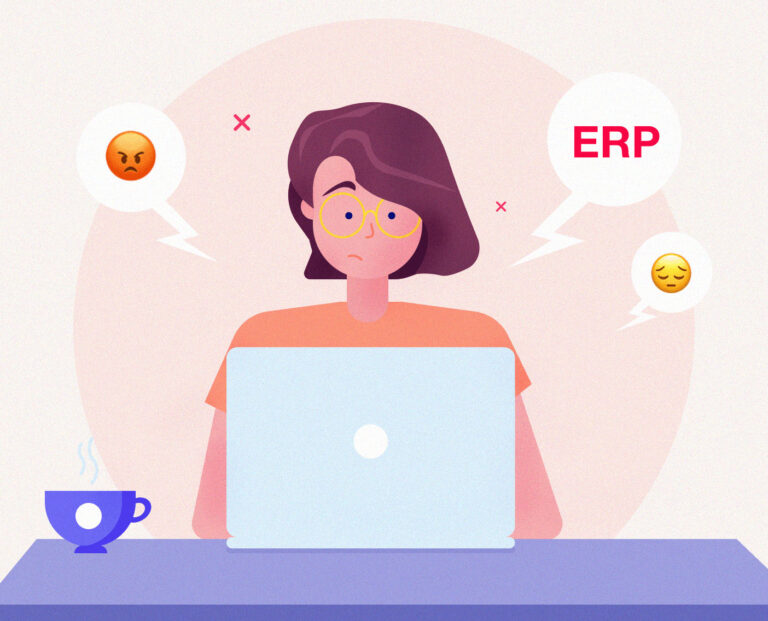Most businesses today have an ERP (enterprise resource planning) system in place. These popular platforms surfaced in the 90s with the aim of enabling businesses to optimize operations, achieve new efficiencies, and gain a competitive edge.
ERPs market the ability to address a breadth of business functions. In reality, they’re truly sufficient for a limited number of operations. Procurement, as many have found, is not one of them. Simply put, ERPs were not designed for procurement.
Here are the three main reasons you should save yourself the time and frustration of attempting to use your ERP for procurement:
1. ERPs lack the flexibility required for procurement processes
ERPs can be supplemented by modules designed to extend the system’s base functionalities. However, because these modules must still fit within the broader ERP spectrum, they force procurement professionals into a rigid set of system capabilities that don’t inherently align with their processes or provide all of the functionality they require. For example, these modules do not enable teams to easily customize approval flows—something that’s crucial for procurement operations that involve a variety of stakeholders, processes, and documents.
2. ERPs don’t provide a platform for collaboration
Streamlined collaboration between employees, and also between the company and external stakeholders, is one of the key elements to an optimized procurement operation. This type of collaboration is essential for efficiently managing the forms, contracts, purchase orders, invoices and other data that are fundamental to every procurement workflow. ERPs, which are typically restricted to a limited number of users (most of whom are from the finance team), do not enable the optimized collaboration that’s necessary for procurement.
3. ERPs offer a UX that is… less than great
The user experience offered by ERPs is still rooted decades in the past. These clunky and complex systems offer interfaces that can be described in the same way. This poses a major obstacle to today’s workforce, which now includes millennials who are accustomed to technologies that are so intuitive, they don’t even have a learning curve. These technologies have changed employee expectations, leaving little room for solutions that aren’t easy to master. The poor user experience that still plagues most ERPs leads to quick abandonment of the system and severely limits user adoption.
Conclusion
ERPs offer a number of essential tools for various business functions, but they overlook the core needs of procurement. While procurement modules for ERPs attempt to fill this gap, these modules take a long time to configure and do not offer the flexibility or functionalities needed for effectively optimizing procurement.
Today, there are cloud-based procurement technologies that can sync with and complement ERPs that are already in place, enabling businesses to continue leveraging their existing systems while extending the strategic value of their investment. These platforms make it easy to sync budget items, vendor data, files, approvals, invoices and more–optimizing procurement operations while giving businesses the advantage of actionable, data-backed procurement insights that cut costs and positively impact overall business health.

